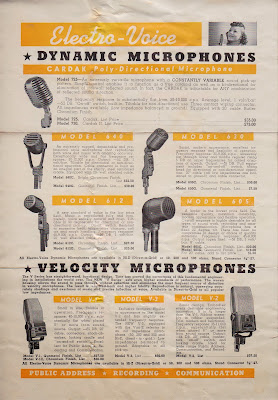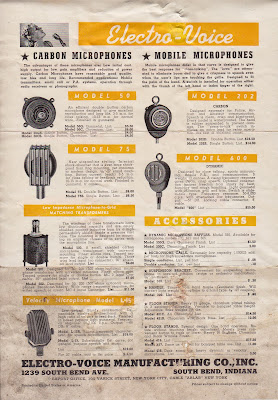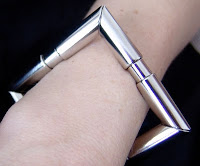The Electrovoice PL10 is a cardioid dynamic microphone which looks very much like a cut down version of the popular RE20. It has no transformer or filter circuit but it still sounds excellent. These omissions presumably kept the price down.
Just like the RE20, the foam that holds the capsule in place can cause trouble. Over time this can degrade into a sticky pulp and then the capsule becomes loose and rattles around and may eventually destroy itself. This microphone needs new foam and a good clean right away!
The microphone body is in three parts – grill, body and base – which are screwed together and some kind of glue applied. I had to heat the threads and apply more force that I would like to break the glue and get the microphone apart. That was the hard part of the job, and once opened it is easy to remove the foam with a bit of isopropyl alcohol. As always, care must be taken around the diaphragm to avoid damage. The metal parts went into the ultrasonic bath and cleaned up nicely.
Once back together, the PL10 is an excellent sounding dynamic microphone. The PL10 should be a cheap alternative to an RE20, but in fact they are scarce, and prices on eBay and Reverb may be higher than an RE20, which is a bit daft.
Here are some comparison frequency sweeps of the two mics conducted at around 25cm from the source (as usual take with a pinch of salt.)
 |
| Frequency sweeps for RE20 (red) & PL10 (blue) |














